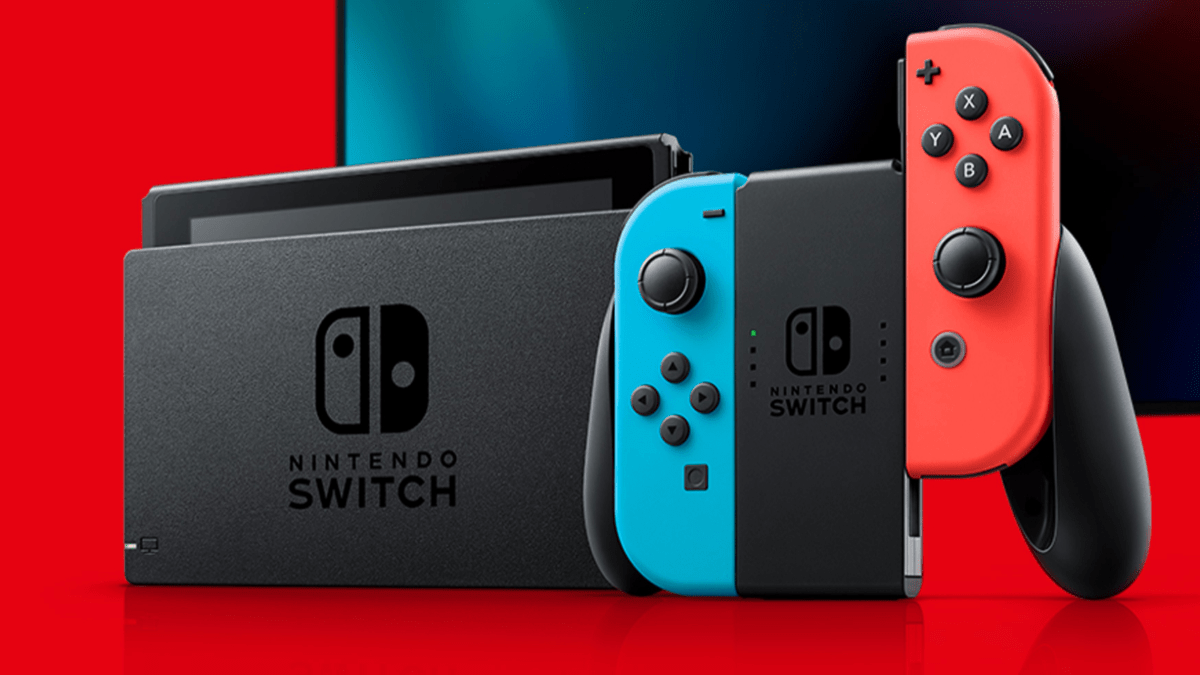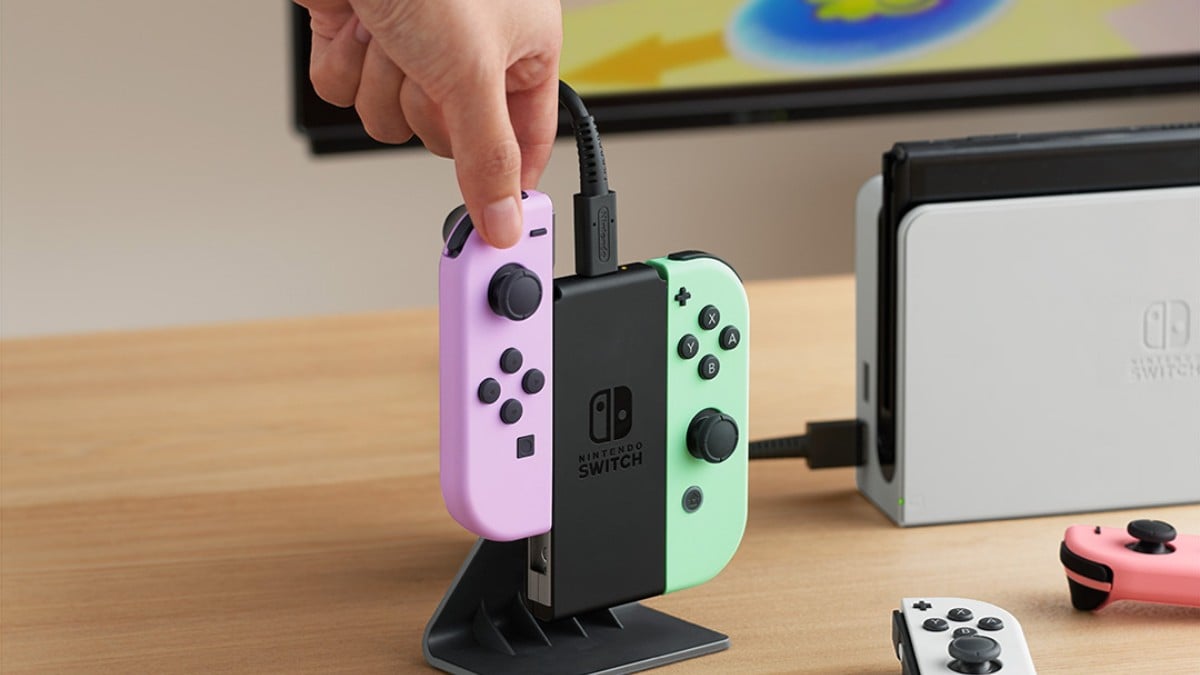The humble rogue-lite. A genre that has been increasingly congested with games both good and mediocre, and which has seen a recent few shake-ups in execution – namely Supergiant’s fantastic Hades. Returnal, the PS5 debut from Sony’s much-lauded studio, Housemarque, might be one of the weirdest, most thrilling, and continually engaging examples of the genre yet.
Our protagonist, Selene, crash-lands on a mysterious alien (make that capital A, Alien) planet. She’s searching for something called the White Shadow, one of many Proper Nouns sprinkled in for some trademarked narrative intrigue. When Selene realizes her ship is damaged beyond repair, she wanders off into the muggy, rain-soaked forest in search of the source of the signal.
Within three, count-em, three seconds of controller-to-character interaction, I exclaimed, “Man! That feels good!” And it does, dear reader, feel good. Something about 60 frames per second combined with Sony’s deliciously integrated DualSense really makes Returnal a joy to experience. Selene has incredible movement speed, combined with a snappy dash on a short cooldown, and this makes traversing each area an ever-exhilarating experience.

Combat is much the same: lightning-fast and as responsive as you are. Enemies rely on brightly color-coded projectiles and attacks that can be dodged through, jumped over, or simply avoided. Your own weaponry consists of an ever-expanding artillery of alien firearms that are picked up over the course of each run. Each weapon has a list of unlockable “perks” that are chosen at random when you find the gun — but the unlocks and upgrades to these perks persist across playthroughs.
Likewise, Selene’s own powers will grow as you progress through each area. She’s constantly picking garbage up off alien corpses and saying things like, “Repurposing for experimental field-testing” and the like, then slapping these hazardous-looking death devices onto her arms, legs, head, and spine. Usually, these allow for easier traversal or access to new areas, keeping early parts of the game fresh as you continue to progress.
Permanent progression is great, but Returnal’s temporary upgrades are masterfully balanced. Item pickups and upgrades are somewhat standard-fare, but some opportunities are tied to a Malfunction mechanic. There’s a chance that when you, say, open a chest or pick up a large health upgrade, that your suit will malfunction. This can have detriments ranging from decreased protection to acid pools appearing under defeated enemies. Each malfunction has a “cure,” like spending a key or picking up enough currency. This small but constant risk-reward always had me rolling the dice (sometimes to my doom), and I never felt there was an obvious choice, which meant making the most of my decisions was far more rewarding.

But what keeps me coming back to Returnal (even after the credits rolled) weren’t the interesting upgrades or even the stellar combat — it’s the sense of mystery that pervades the whole experience. Selene is caught in a death loop (sorry Deathloop, Housemarque beat you to this one), and she knows it. She finds audio logs left by her past rambling, deranged self, which she has no memory of leaving. Why is she trapped in this cycle? How can she end it? And, most intriguingly, how does it relate to who she was and how she lived on Earth? Even now I’m on the hunt for answers, and Returnal presents just enough to leave me guessing without becoming frustrating.
Much of Returnal’s lack of friction is a result of how the game itself is laid out. Unlike Hades or The Binding of Isaac, there are several zones to explore, but only three or four of them are done in one “run”. I won’t spoil anything explicit here, but the game restructures its very foundation as easily as it does its levels. This leads to unique paths of progression, each with their own secrets to discover and enemies to fight.
This is to say nothing of the bosses. I can’t really discuss them without spoiling things, but they’re gigantic affairs that make Selene feel as small and helpless as a Yorkshire Terrier taking on a giant squid. Underwater. Luckily, though, their telegraphing and slower pace make them relatively easy compared to the rest of the game, so sit back and enjoy the spectacle.

What makes exploring and re-exploring the zones of Returnal’s world even more enticing is just how lush they are. Alien flora billows and looms gracefully, and almost organic-looking structures are tastefully obscured by volumetric fog. But the atmosphere is aided by more than just visuals; being able to physically feel water droplets fall “onto” my controller as Selene’s helmet is pelted with rainfall feels like the next-gen version of Metroid Prime’s visor effects.
On the topic of Metroid Prime, Returnal shares with it some excellent 3D mapping, which turns the minimap into an essential tool while exploring for items and upgrades. A convenient teleportation system like those seen in other games makes backtracking a breeze, and snowballing a doomed run into a one-woman powerhouse is a lot more satisfying for it.
Between outings, you’ll explore Selene’s ruined ship, the Helios. Onboard, you’ll find a datalog of various entries that update as you play and a station that lets you take part in daily challenge missions. The data logs are wonderfully House of Leaves, often contradicting themselves and presenting more questions than answers. These are small but welcome diversions to unwind after a pitched battle with some giant Zdzisław Beksiński monster.
So, I’ve spent the better part of eleven paragraphs gushing over Returnal — so what are my complaints? There are just a few.

First, some of the visual effects of enemies’ attacks are a bit hard to read. I don’t mean they’re necessarily hard to see, but they can feel inconsistent. For instance, there are purple laser beams you can dash through, and other purple beams enemies shoot you can dash through, but there’s one particular purple circular attack you cannot dash through. There’s a huge variety of colors, shapes, and sizes of projectiles to memorize and quickly react to, and it can make early going more trial-and-error than I would’ve liked.
Some players will no doubt find the game’s plot incomprehensible. While I like this mystery-steeped-in-mystery type of storytelling, I can definitely see it frustrating more story-driven audiences. I’m not sure if I’m one or fifty steps from uncovering the truth behind Returnal’s world, but honestly, I’ve enjoyed the ride so much it doesn’t bother me either way.
Finally, while most of the game ran at a steady click, some segments got a little crusty in the frames department. It felt more like dropped frames than strictly lower framerate, but it was still jarring after such a remarkable performance up to that point.
So, some minor issues aside, who’s Returnal for? If you take my word for it: everyone with a PlayStation 5 should play this game. It’s one of a handful of exclusives, sure, but more than that it’s a fantastic action game with a knack for rewarding progression and a very keen understanding of what makes a rogue-lite “work.” Its penchant for the weird is just the chitinous shell on the gelatinous organic matter.
This review is based on the PlayStation 5 version of the game. A code was provided by Sony Interactive Entertainment.








Published: Apr 29, 2021 07:00 am